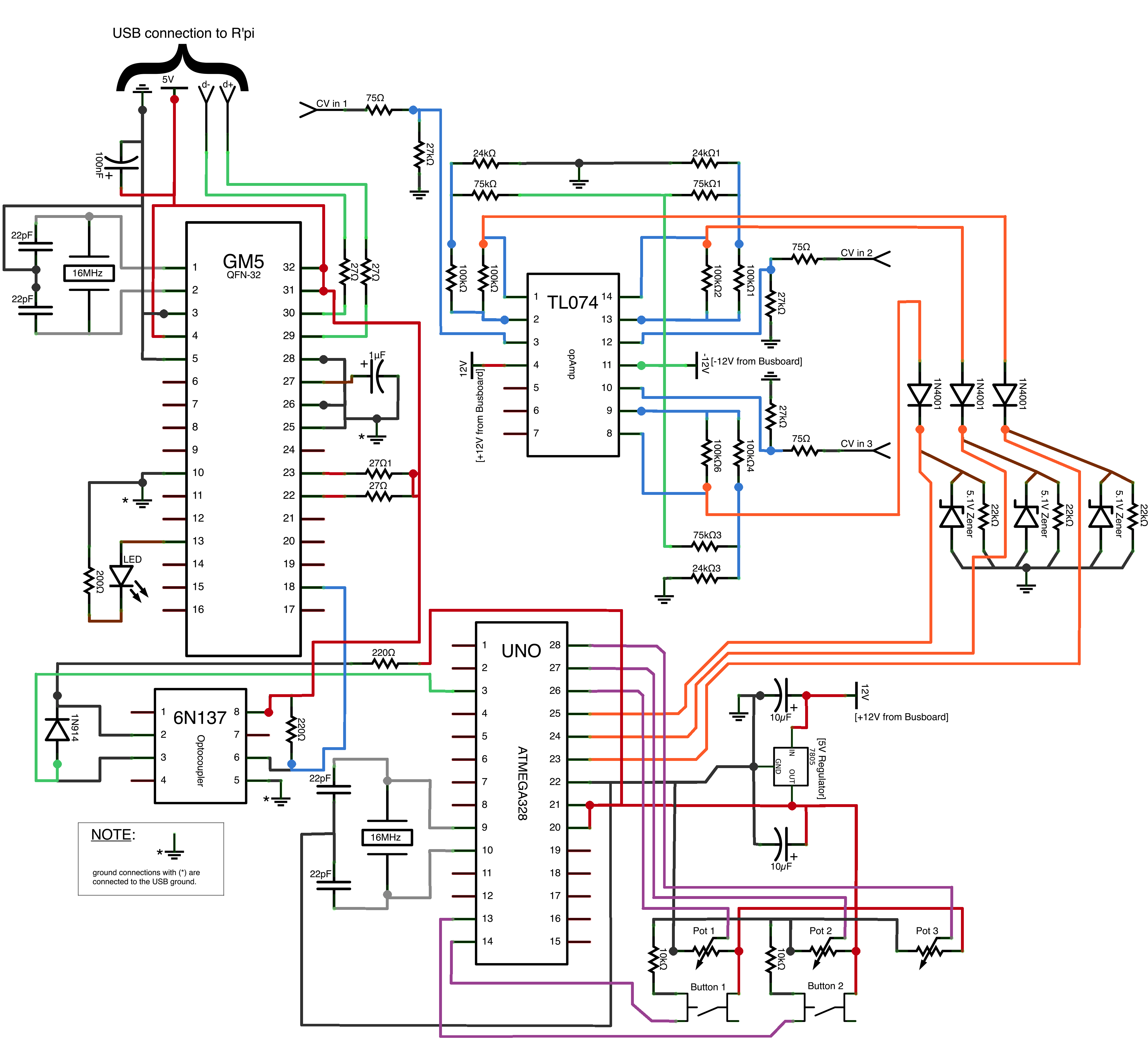Midi To Serial Schematic

The article contains two parts: a description of a circuit that translates the MIDI signal level to RS232 levels (and vice versa), and programming notes to send and receive MIDI packets. The first part, the circuit, is general purpose —although using this converter to connect a MIDI keyboard to the serial port of your PC may require a special RS232 card. The second part, though, is specific to the. In fact, the article was written specifically to connect this MP3 player to a MIDI chain. An MP3 player in a MIDI chain? MIDI is an acronym for Musical Instruments Digital Interface.
The standard describes the hardware interface and the protocols through which (music-producing) instruments communicate amongst each other, or with computer and other devices. The key elements for MIDI are performance and reliability in hostile environments. The MIDI protocol carries commands and timings.
It does not carry digitized audio, although a command may indicate what kind of instrument should sound on a particular channel. When you move a MIDI file from one PC or instrument set-up to another, it it is actually likely to sound entirely differently. So MIDI is only loosely coupled to audio. As a communication norm, the MIDI standard is about performance and timing. The 'instruments' that it links in a network are not necessarily musical instruments. Lighting colour organs and stage effects (e.g.

This instructable will show you how to use an Arduino to send and receive a variety of MIDI messages so you can start building your own MIDI controllers and. Does anyone have a schematic for the pin-out of this cable? Or maybe there is a way to make a 9-pin to 15-pin (joystick port). 9-Pin Serial to Midi Adapter?
Confetti cannons) have also been linked into a MIDI network, in order to synchronize visual effects with music. In conclusion, MIDI is a general purpose communication standard that focuses on music applications.
Visio Premium 2010 Download Iso. The H0420 programmable MP3 player is a general purpose controller with a high-quality MP3 decoder & audio circuit on board. Adding this controller to a MIDI network allows you to synchronize special audio effects to other events in the music performance.
In such a set-up, the H0420 receives and handles MIDI packets, but does not send them. In an alternative set-up, the H0420 monitors all kinds of other sensors that can be attached to it and sends MIDI packets to notify the entire MIDI network of these events. The H0420 can also both send and receive MIDI packets. The circuit The protocol is not unlike a typical RS232 protocol: one start bit (must be 0), eight data bits, one stop bit (must be 1), no parity and no hardware handshaking. The Baud rate is 31250 bps (±1%). In order to get a fair level of immunity against electrical interference (irradiation), MIDI uses a current loop signal line (5mA, usually at approximately 5V), rather than the standard voltage level signals. A logic 0 is defined as current flowing, and a logic 1 as no current.
This counter-intuitive definition was chosen so that an unconnected input wire does not 'see' a series of start bits —a start bit is logic 0. MIDI uses two 5-pin DIN connectors (180°) for input and output, plus sometimes a third for an unprocessed pass-through from the input. Pins 4 and 5 carry the signal, with pin 4 being the positive voltage; pin 2 is connected to the shielding of the cable on the output connector, but it is left unconnected on the input connector; pins 1 and 3 are not used. To avoid ground loops, there is an opto-isolator at the input connector. All capacitors are 1µF. The resistors in the signal lines (R1 and R2) are 220 ohm, together with the voltage drop of the opto-coupler (6N138), these regulate the current at approximately 5 mA. The value of R3 is not critical; 1k is fine.
The circuit assumes that it will be connected to a 'DCE' device. When you wish to connect it to a 'DTE' device, such as a PC, you should replace the male DB9 connector (K1) by a female one and swap the pins 2 and 3 on that connector. The circuit requires an external power source. Some alternative designs for an RS232-to-MIDI converter that I have seen extract power from (unused) handshaking or modem-control lines on the RS-232. I chose an explicit 5V connector because the H0420 MP3 player provides a 5V power source and because I feel that using signal lines as a power source is more like a hack than a design.
The closest that most serial cards and/or drivers inside PCs can come to the MIDI Baud rate is 28800 or 38400 Baud —exceeding the 1% margin that MIDI defines. Therefore PCs will typically need either or an interface with a memory buffer and a Baud rate converter (typically based in a micro-controller). As an aside, the USB-to-RS232 adapters that are based on the FT232R chips from FTDI support non-standard Baud rates, but those based on the Prolific chips do not. So if you use a USB-to-RS232 converter, choose one with an FTDI chip (see the below).